I made 2 pans of rhubarb crumble last night with a fraction of the rhubarb I have growing in my garden plot. I thought it took a year or two for rhubarb to really take hold, but I grew this plant from seed last year and even transplanted it a few months into the summer due to a gardening relocation.
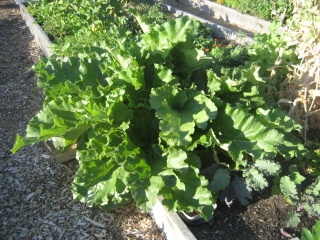 For a while earlier this summer it was looking pretty limp and none of the stalks were any more than about 6″ long. I asked my mom, a long time gardener, if that was because it takes a couple of years for the plant to really take root, but she didn’t know. Well, turns out as soon as I stepped up the amount of water it got, the plant took off like blazes. I harvested 10 cups worth of diced rhubarb earlier this week and that only marginally thinned out the plant.
For a while earlier this summer it was looking pretty limp and none of the stalks were any more than about 6″ long. I asked my mom, a long time gardener, if that was because it takes a couple of years for the plant to really take root, but she didn’t know. Well, turns out as soon as I stepped up the amount of water it got, the plant took off like blazes. I harvested 10 cups worth of diced rhubarb earlier this week and that only marginally thinned out the plant.
Note: Rhubarb leaves are poisonous. Keep the kids away and don’t put them (the rhubarb leaves nor the children) in the compost bin.
I took one rhubarb crumble over to a friend’s to share with her and her family. Her daughter’s friend from California had never heard of rhubarb and was leery of trying it, even though it was dessert. We described it — something like celery but very tart — but when asked whether it was a fruit or a vegetable we were stumped.
I got an email this morning with the answer:
“It was nice catching up with you last night Liz. I looked up rhubarb on Wikipedia. Here is what it says:
Rhubarb is a group of plants that belong to the genus Rheum in the family Polygonaceae.
They are herbaceous perennial plants growing from short, thick rhizomes. They have large leaves that are somewhat triangular shaped with long fleshy petioles. They have small flowers grouped in large compound leafy greenish-white to rose-redinflorescences.
Although the leaves are toxic, various parts of the plants have medicinal uses. Fresh raw stalks are crisp (similar to celery) with a strong tart taste; most commonly the plant’s stalks are cooked and used in pies and other foods for their tart flavour. A number of varieties have been domesticated for human consumption, most of which are recognised as Rheum x hybridum by the Royal Horticultural Society.
Rhubarb is botanically classified as a vegetable; however, in the United States a New York court decided in 1947 that since it was used in the United States as a fruit it was to be counted as a fruit for the purposes of regulations and duties. A side effect was a reduction in taxes paid.
Thank heavens for Wikipedia, to answer all of life’s burning questions.
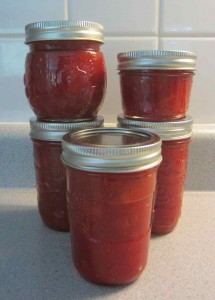 My first ever jam (I’m still ridiculously pleased with myself) was strawberry rhubarb made with Certo Light so I could use less sugar than a typical recipe calls for. Call me crazy but I prefer to taste the fruit, not just the sugar. That batch was still quite sweet, so clearly I’d have to try again.
My first ever jam (I’m still ridiculously pleased with myself) was strawberry rhubarb made with Certo Light so I could use less sugar than a typical recipe calls for. Call me crazy but I prefer to taste the fruit, not just the sugar. That batch was still quite sweet, so clearly I’d have to try again.
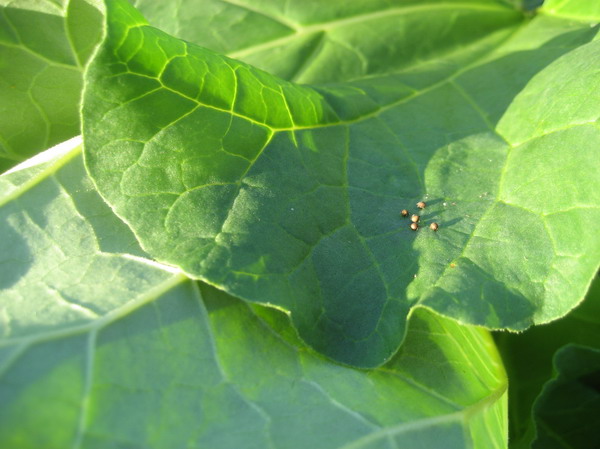


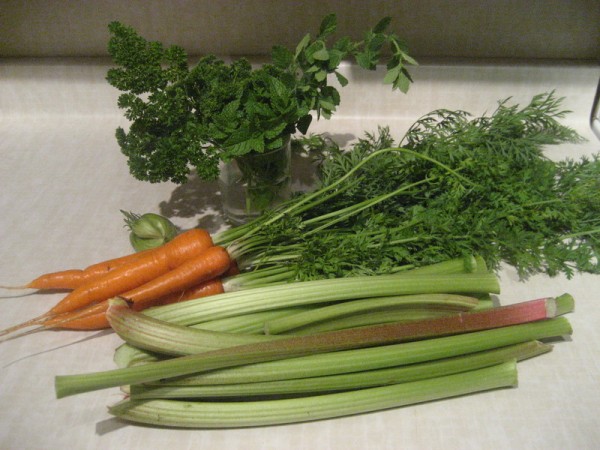

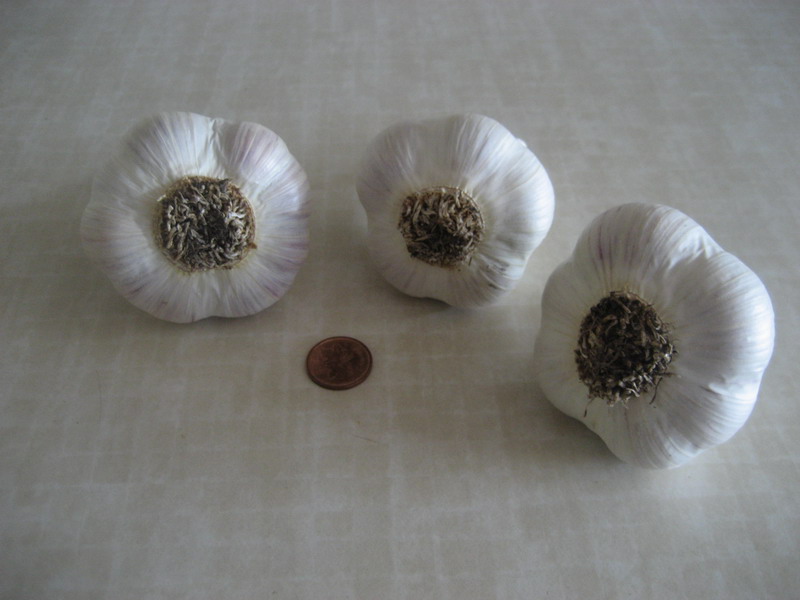





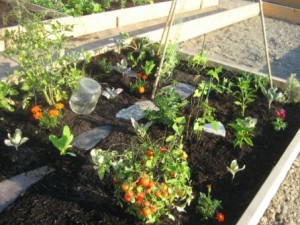 The tomatoes are happily enjoying the heat wave and ripening at a delightful pace.
The tomatoes are happily enjoying the heat wave and ripening at a delightful pace. 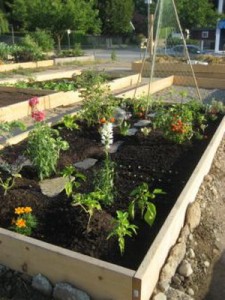 Now that I have a more
Now that I have a more